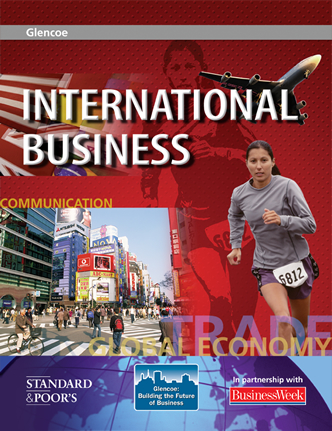 
International BusinessChapter 15:
International Career PlanningChapter Summaries- There are five key assets that each employee can offer: work experience, education, special skills, personality characteristics, and personal contacts.
- Manager training consists of four steps: setting goals, selecting candidates, choosing training programs, and follow-up.
- Two approaches are used to prepare people to move up in a company: on-the-job training and off-the-job training. On-the-job training consists of incremental, job-rotation, and lateral-promotions training. Off-the-job training consists of outside reading, additional education, and specially designed methods, such as leadership assignments.
- Career challenges include dual-career families, leaving an organization, and stress management.
- Methods of stress management include placing employees in jobs they can handles, detecting people with stress-related problems, teaching stress-management techniques, and reducing the stress levels of individual jobs.
- Preparing for international travel requires doing three things: learning about the destination country, obtaining key documents, and working with governmental agencies.
- There are three steps to planning a career in international business: (1) deciding what you want to do, (2) analyzing your options, and (3) researching a career.
 |  |
|





